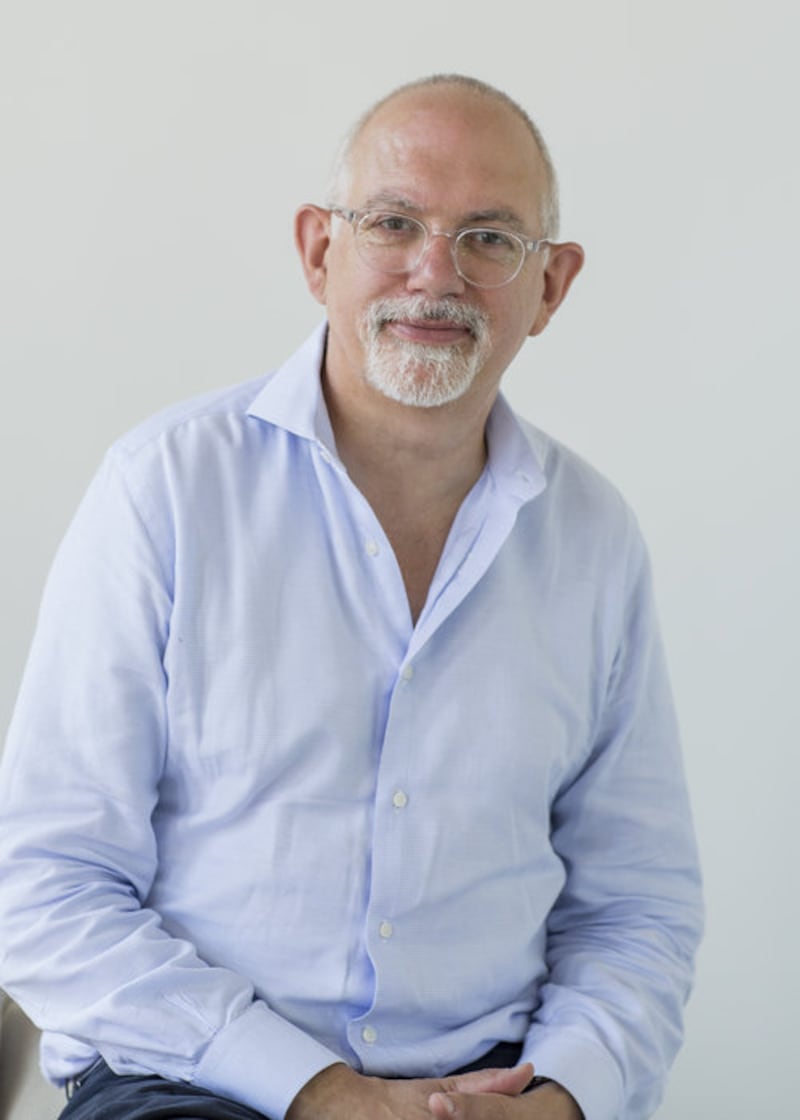What makes a city's art scene vibrant? How and why are art scenes becoming so important to civic and national identity? What does a place having an "art scene" actually mean?
For Adrian Ellis, the founder of the Global Cultural Districts Network, they are both more important than ever, but also misunderstood, with governments usually thinking about capital investment in museums and institutions as a way to foster cultural development, instead of on-the-ground questions about how to nurture and attract cultural producers and consumers. "It's not about putting buildings up," he says about the topics his network addresses. "Everyone knows how to put up a building. It's about governance, the animation of public spaces, the relation between tourism and the local community, things like branding, the role of anchor institutions and their responsibility for adjacent spaces – things that actually matter."
In 2014, the British-born thinker, who had long worked in consulting on the role of culture in economic and social development, founded the Global Cultural Districts Network, a group of 45 districts that helps information-sharing among peers, puts out policy research and papers, and hosts yearly meetings as a means to discuss strategies.
Alserkal Avenue is hosting this year's summit tomorrow and Tuesday, with morning sessions for member-representatives and the afternoon sessions open to the general public.
Alserkal Avenue joined GCDN two and a half years ago, joining the likes of Adelaide Festival Centre, Adelaide City; West Kowloon Cultural District, Hong Kong; and the LAC Lugano Arte e Cultura, Lugano, Switzerland. (The network has grown rapidly, with 45 joining in the group's four-year life.)
The Dubai organisation is in many ways an exemplar of a cultural district: a site that arose organically, with commercial galleries lured by the prospect of large spaces at affordable rents, and which has developed into the Alserkal Avenue organisation, which commissions artworks, hosts residencies, and runs talks and performance programmes. Last year, they opened a multi-use "anchor" institution that offers a platform for larger exhibitions and events.
Like Dubai Design District – which is more focused on design – Alserkal Avenue follows the model of other cultural districts that recognise that having a space for public discussion, outdoor and easily accessible performance, and even undirected meandering is an important part of cultural development. Often, these districts have a greater engagement with local communities, allow for different types of cultural expression, and foster a better balance between production and consumption.
Cultural development is also big money. A study run by Ellis's consulting company, AEA Consulting, analysed cultural investment worldwide – the construction of museums, performing arts spaces and districts – and found that it reached US$8.45 billion (Dh31bn) in one year, 2016. Ellis frames cities' engagement with culture as part of a larger crisis stemming from the effects
of globalisation.
“Globalisation makes people and ideas and money whizz around the world faster and faster, and in the process, it homogenises cities,” he says. “Then the cities say: ‘How do we fight back? How can we reassert our identities?’ And they say, ‘Aha. Culture’. Then when they say culture, they say, that means buildings. So they all begin to invest in the assertion of a cultural identity.”
But, he continues, "there is a sort of collective failure of imagination at that point, because the nature of the investment is oddly re-homogenising. There are about 10 architects around the world who seem to end
up getting most of these gigs. So, the strategy of investment in culture and the strengthening of your cultural base is a really smart one. The next step in that argument is not always as smart or as well thought through."
Part of the goal of GCDN, in putting cultural districts in touch with each other and enabling knowledge-sharing among them, is to counter the effects of this homogenisation and allow better choices to be made. GCDN, Ellis says, "is about giving people the confidence to make bold choices – to have the language to talk about cultural strategies for districts, rather than just talking about buildings".
Speakers at the Alserkal Avenue GCDN include Minister of State Zaki Nusseibeh; Manuel Rabaté, director, Louvre Abu Dhabi; Nato Thompson, chief curator, Philadelphia Contemporary; and Angelita Teo, director, National Museum of Singapore. The morning sessions of the conference are closed, but the afternoon sessions will be open to the public, covering subjects such as the role of cultural districts in fostering gentrification – a frequent criticism lobbed against cultural districts, which often cater to particular social classes – and their potential to promote sustainability and equity within cities that are being rapidly changed by technology.
The conference is also one of a number of recent discussions in the UAE over the role that culture can play within national development more generally, such as CultureSummit 2018 in Abu Dhabi that also runs this week, co-organised by the Department of Culture and Tourism – Abu Dhabi and the Rothkopf Group, a US consultancy.
I asked Ellis how Dubai was faring in terms of the development of its art scene. His verdict was that: "Dubai is doing very well. There's investment, there are clusters, and they feel more organic than many others."






